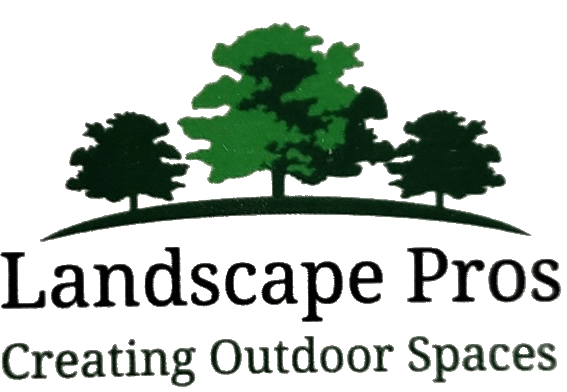
Landscaping Terms
Do you know anything about landscaping? If not do not panic. If you need to work with a landscape designer or landscape architect, knowing a little bit about these landscaping terms will help you facilitate good communication with your landscaper and help you avoid an unfortunate landscaping disaster where your landscape project doesn’t look nothing like what you had in mind.
Call the “Pros” Landscape Pros in Gainesville, VA @ (571) 535-8622 if you have any questions about landscaping. We are experts in creating outdoor living spaces and can help you design and install any project you have in mind weather BIG or SMALL… we done them all.
However, if you plan on taking on your new landscape design as a do-it-yourself project, knowing the industry lingo will help guide your research on your new design and impress the clerks at the garden center when you buy your plants or materials needed for the job.
When you sound like you know what you are talking about (even when you might not) will possibly make you look “cooler” on the landscaping project. Truth is … if you spend a little time brushing up on landscaping backyard jargon it couldn’t hurt when the neighbors come over to watch at work in the yard.
There are lots of landscaping terms online, but most of them have lots of words that you will never need to know.
The following basic terms provided here are likely to come up in most conversations that you have when designing and installing your landscaping ideas. These simple categories will help you find just the basic terms that will be helpful to you during your project.
Plants, Flowers and Trees
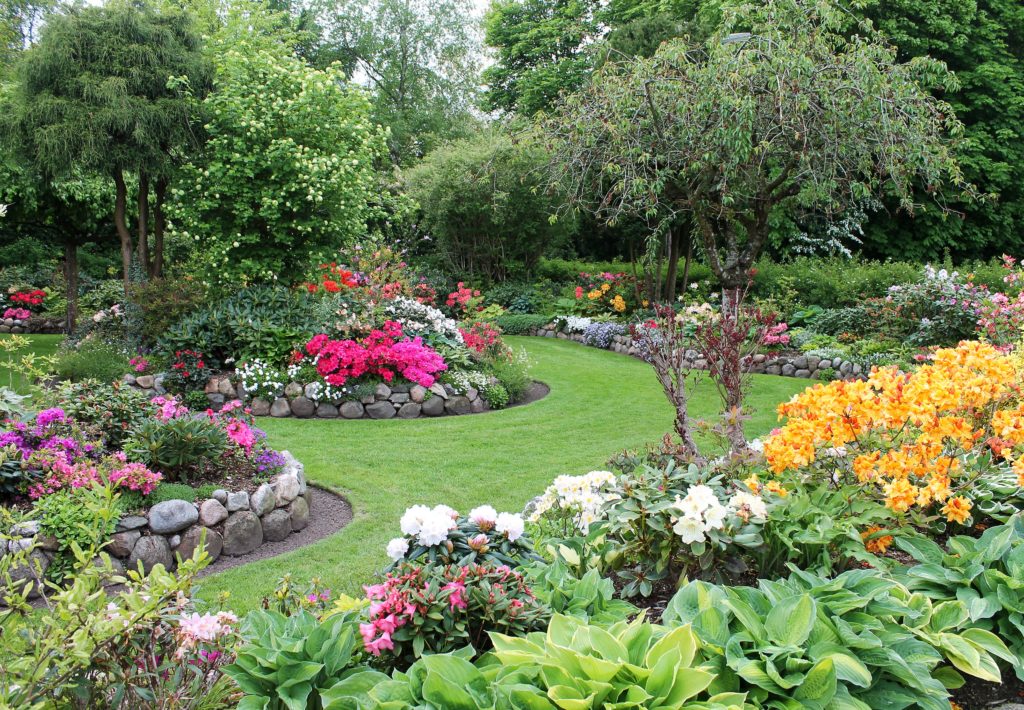
1. Annual – Annuals are flowering plants that bloom for a single season and need to be replanted each year.
2. Perennial – Perennials are flowering plants that continue to bloom year after year after being planted.
3. Barrier Plants – These plants have thorns or other unappealing characteristics that help keep the unwanted out of your yard, keep the kids next door from walking through your yard on their way home from school or keep your dogs from digging in your garden.
4. Self-Seeding Plants – This type of plant tends to sow its own seeds which means they multiply, and you may be surprised by the number of seedlings coming up the following year. But, be mindful this type of plant can take over your yard if you let it.
5. Underplanting – Underplanting is the practice of planting smaller plants and flowers close to the base of larger plants to help fill out your growing space and when adding more colors to your landscaping design.
6. Deciduous – Deciduous trees and shrubs shed their leaves each year and are usually bare and dormant during the winter months. The reasons why most people who want to plant deciduous trees is that their leaves will help shade their home in the summer to help keep the home cooler, but in the winter this type tree will allow your home to soak up the warming rays of the sun and save on heating.
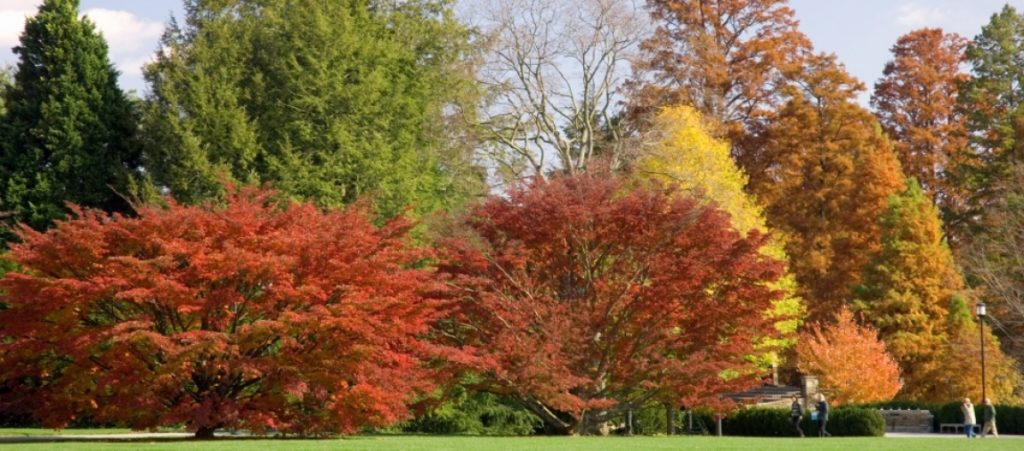
7. Evergreen – Evergreen trees and shrubs keep their foliage throughout the year, which is often appealing to homeowners who like to entertain outdoors whether it is summer or winter.
8. Monoecious – Monoecious plants and trees have both male and female sex organs, which means they are self-fertile and can produce their flowers or fruits without the need for cross pollination.
9. Dioecious – Dioecious plants and trees are either male or female and require cross pollination with an opposite sex plant to produce flowers or fruit.
Note: Most of the plants you buy at your local garden center are going to flower just fine – so you really only need to know this tree sex stuff if you are planning on planting fruit trees and would like to make sure you actually get some fruit.
Garden Structures
10. Arbor – This type of landscape structure has an open framework, is often made of wood, and is sometimes shaped in a beautiful arch. The purpose of arbors is to provide shade and a trellis-type structure on which vines or plants can climb.
11. Trellis – This type of garden structure is quite common in landscape design and is used to support climbing vines and plants. It is often made of wood or lattice, but metal trellises are also widely available and used.
12. Pergola – A pergola is also an open framework structure – like a trellis or arbor – but are normally larger, sturdier, and used to provide shade over larger yard areas, such as a backyard pathway or patio. Pergolas are also attractive options for providing shade over your outdoor living spaces.
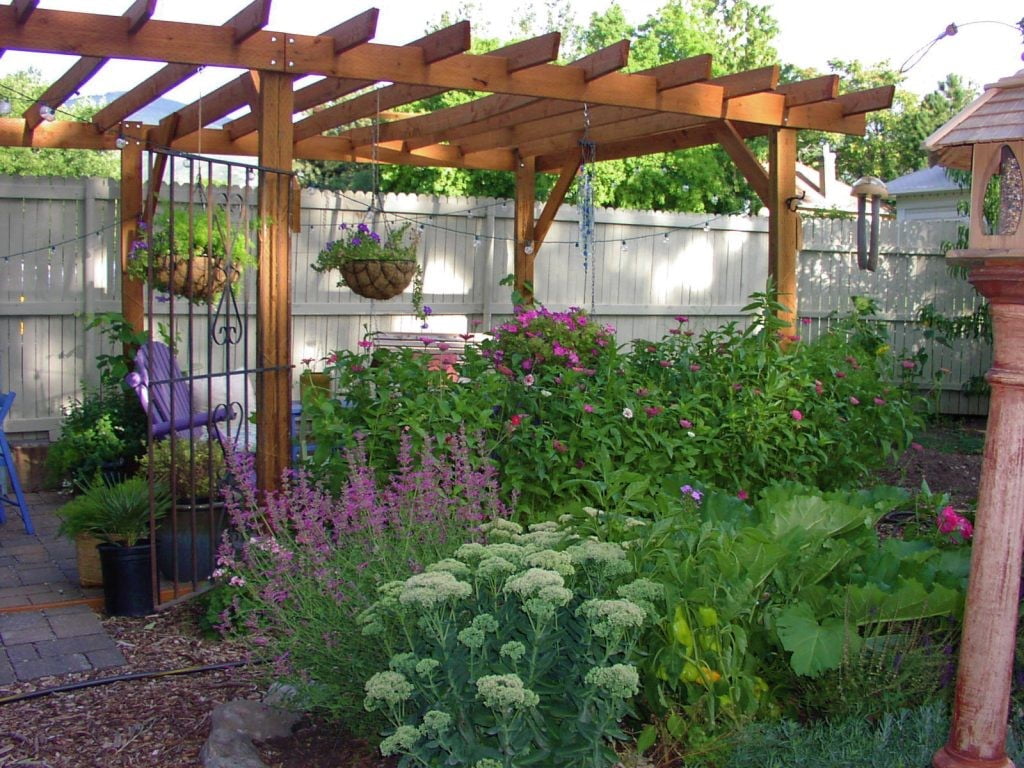
13. Gazebo – Gazebos are free-standing, covered garden structures that are most often made of wood or latticework but can be made with other materials. They are generally open on the sides with solid or lattice half walls and a solid roof.
14. Belvedere – A belvedere can be like a gazebo-type structure or may be an open gallery in your garden, but the defining characteristic of this type structure is that it emphasizes a remarkable view or focal point.
15. Privacy Screen – Fences, trellises, shrubs and all sorts of other things can be used to create this privacy structures that are intended to block the view of a certain area or your entire yard to increase the homes privacy or used to hide something unsightly.

16. Patio – As opposed to a deck, patios are generally made from paving stones, river rocks, bricks, concrete or other hard stone materials. A patio may or may not be attached to your home and is usually not a covered area.
17. Terrace – Like a patio, a terrace may or may not be attached to your home and is made from hard materials. However, unlike a patio, a terrace is raised off of the ground.
18. Deck – A deck is generally a raised structure that is most often made of wood or a composite material that is made to look like real wooden boards.

19. Veranda – This feature is a covered outdoor living area that is attached to the home.
20. Porch – A porch is also a covered outdoor area that is attached to your home; however, a porch is usually associated with a main front or back door entry into the house.
21. Portico –A portico is like a porch, since it is covered, attached to the home and associated with an entryway door. In fact, portico is the Italian word for “porch”. Porticos, verandas, and porches are often confused and, really can almost use these words interchangeably, but there are just a couple of subtle differences between them.

For example, ranch-style homes and bungalows normally have porches, homes with Mediterranean architecture have porticos, and if your house happens to be a Nantucket-inspired mansion, you will most likely will call it a veranda.
22. Retaining Wall – This important structure is a wall made of wood, concrete, paving stones, bricks or other materials with the intention of stabilizing slopes and preventing excessive erosion around the home and landscape.
23. Raised Bed (aka Raised Garden or Flower Bed) – These handy garden structures are often seen in vegetable gardens but can also be used for flowers and other landscaping plants. When creating a raised bed, which are often bordered by large wood planks or railroad ties, and the soil is built up higher than the surrounding earth. Most gardeners prefer the simple clean look of these raised beds, while others use this option to overcome a less-than-ideal drainage or soil situation.

Legal Jargon
24. Building Codes – When your landscape designer says that he is not sure your landscaping idea would be up to code, what he means is that it might not pass inspection when the inspector comes around to make sure you are following the right building codes – which are laws and regulations that tell you how, where and with what you can build your structures and landscape features in your yard. One of the nice things about working with a professional landscape designer or landscape architect like Landscape Pros in Manassas, VA is that he will usually be well versed when it comes to your local HOA and building codes.
25. Building Permits (aka Construction Permits) – Some landscaping features require a permit from your local city or government. This entails submitting plans to your city or county so that they can approve your project before you can begin. Fences, patios, swimming pools and permanent structures are examples of some of the features in your design that will likely require a building permit.
26. Easement – An easement is that strip of land between the sidewalk and the curb in front of your house and street? That is what is called an easement. Depending on where you live and the zoning in your local area, there may be other easements on your property. Basically, an easement gives someone land use rights for the land that does not belong to them. For example, that little strip of land between the sidewalk and the curb is most likely your responsibility as far as lawn maintenance goes, but a utility company can come in and dig it up any time they please to repair old power lines or install new ones.

27. Set Back – Understanding setbacks is especially important in landscape design, and you need to be aware of any that may affect what you want to do with your yard before you begin a landscape project. A set back is the required distance for placement of trees, plants or structures from houses and property lines. For example, normally cities will not allow you to build a shed, chicken coop or other permanent structure if less than five feet from a property line.
General Landscaping Terms
28. Hardscape – Hardscape refers to walls, patios, walkways, and other non-living structures in your landscaping design. Hardscapes can be made from wood, brick, stone or concrete.
29. Softscape – Softscape refers to the natural components in your landscaping, such as plants and the landscapes top soil.
30. Ground Cover – Ground cover is pretty much anything used to cover the soil, which may include low-growing plants, mulch, gravel, wood chips or shredded bark.
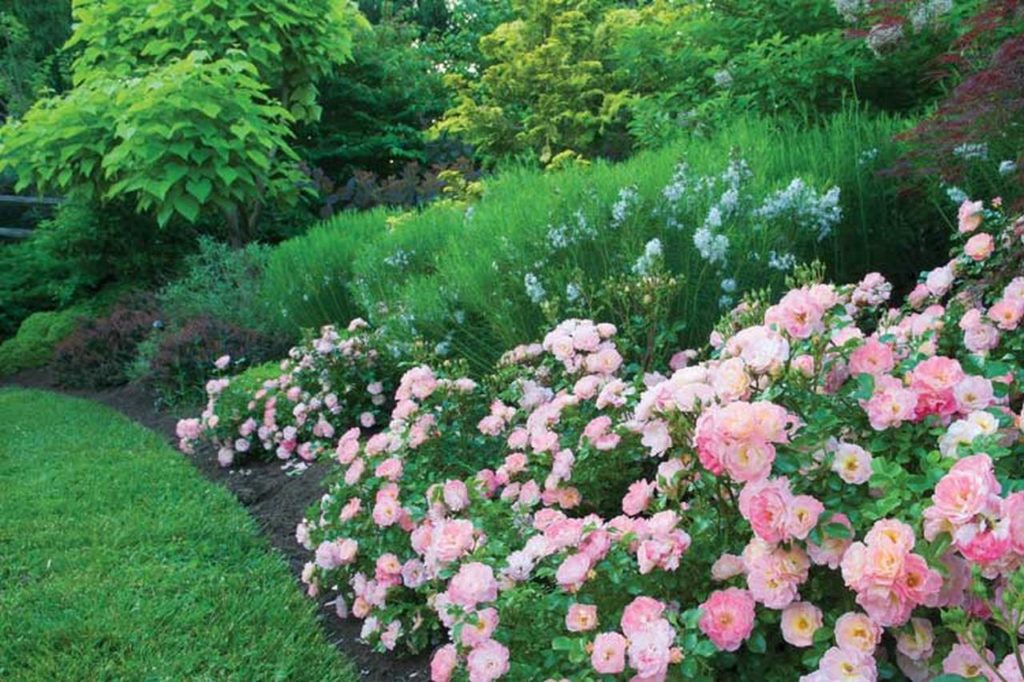
31. Landscaping Fabric (aka Weed Fabric) – Landscaping fabric comes in rolls and can be placed over bare soil prior to installing your ground cover to reduce weed growth.
32. Grading – This process is used to move earth dirt to adjust the slope of the landscape to allow for proper water drainage and functionality.
33. Terracing – Landscapes with a significant slope may benefit from the use of terracing, which is the process of creating multiple level areas in a stair-like fashion that often includes the use of some sort of retaining wall to control erosion and soil movement.
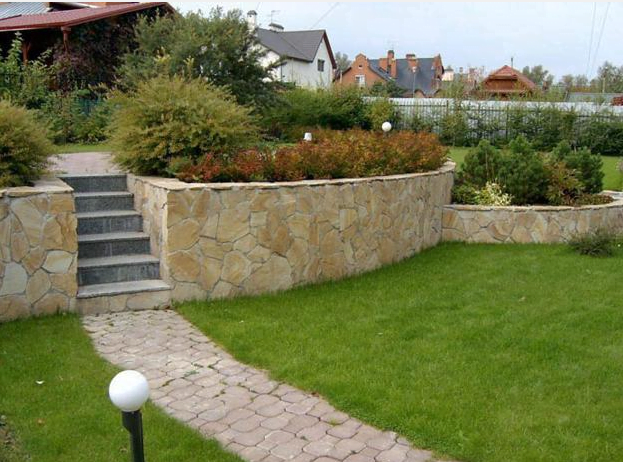
34. Xeriscaping – This refers to a type of landscaping that is most often used in areas that are prone to drought and focuses on reducing the amount of water used for landscaping by selecting native plants, improving the soil and designing the area with water conservation in mind.
35. Soil Test – When your landscape designer or landscape contractor says they want to do a soil test, they mean they want to conduct a simple test on your soil to check out its nutrient levels and see which improvements they might be recommended to add before planting your plants.
36. Urban Farming – Urban farming can refer to many things, but for the purpose of landscape design it refers to the current trend of homeowners dedicating at least a small portion of their property for growing food or raising farm livestock.

Landscape Pros hopes these basic landscaping terms help you with your landscaping projects. Give Us a call @ (571) 535-8622. for all your landscaping designs and landscape services.
There are hundreds of other terms related to landscape design, that you really do not need to know unless you are on the game show jeopardy. For the record, it is nearly impossible for a layman person to be fully versed in landscaping vernacular, and we really don’t have the need to know all of those big words anyways to create functional outdoor living spaces and attractive gardens around the home.

